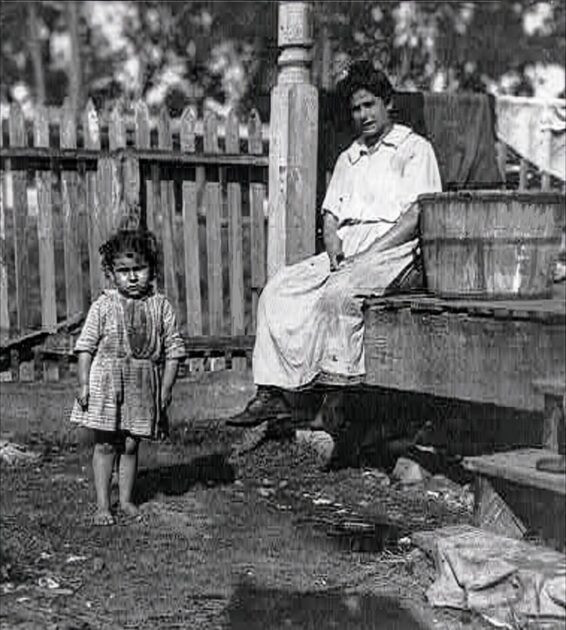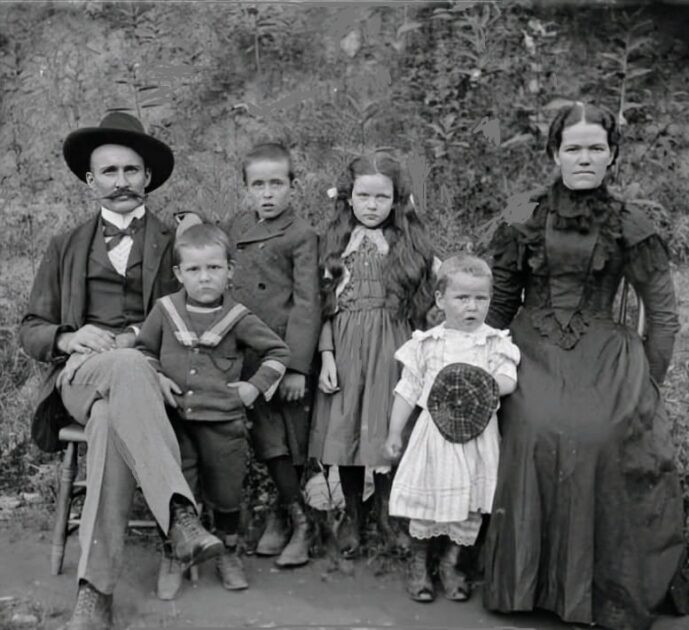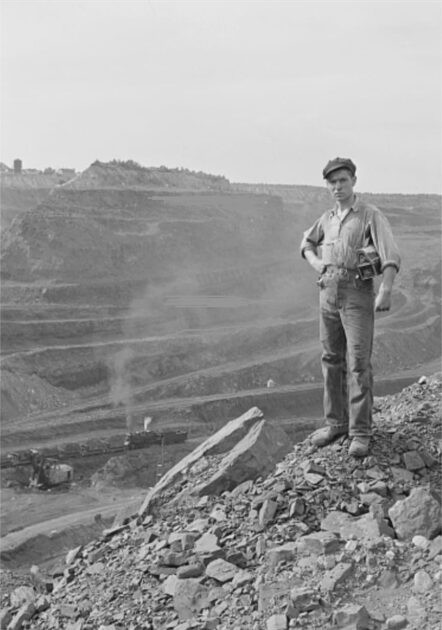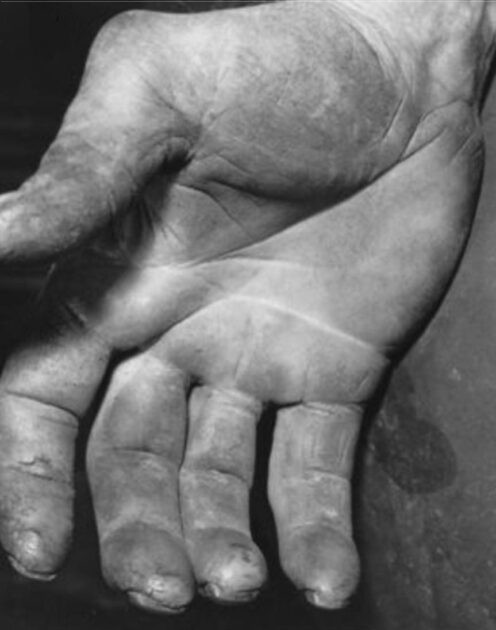New York City (1941).
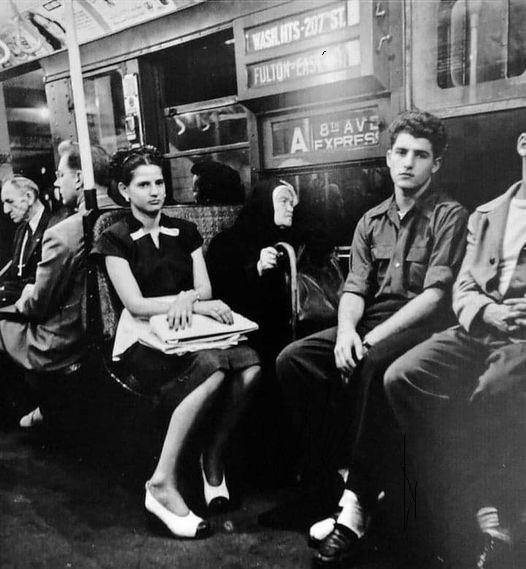
**New York City in 1941: A Vibrant Tapestry of Culture, Change, and Resilience**
In the year 1941, New York City stood as a beacon of diversity, resilience, and cultural dynamism against the backdrop of global turmoil. As the world found itself on the brink of the Second World War, the city that never sleeps was alive with activity, embodying the essence of America’s spirit and fortitude.
**The Melting Pot**
New York City in 1941 was a melting pot of cultures, with immigrants from all corners of the globe contributing to its vibrant tapestry. Neighborhoods such as Chinatown, Little Italy, Harlem, and the Lower East Side were thriving hubs of cultural exchange, where languages, traditions, and cuisines mingled to create a uniquely New York experience.
Amidst the hustle and bustle of the city streets, one could hear the melodic strains of jazz emanating from Harlem’s renowned clubs, witness the aromatic allure of Italian bakeries wafting through the air in Little Italy, or marvel at the colorful celebrations of Chinese New Year in Chinatown. These communities not only preserved their cultural heritage but also infused the city with a sense of vitality and energy.
**The City That Never Sleeps**
Even in the midst of uncertainty, New York City remained a beacon of activity and innovation. The iconic skyline, dominated by the Empire State Building and the Chrysler Building, symbolized progress and ambition. Broadway theaters dazzled audiences with spectacular performances, while Times Square pulsed with neon lights and bustling crowds late into the night.
From the glamorous shops of Fifth Avenue to the bohemian cafes of Greenwich Village, New York offered something for everyone. It was a city where dreams were pursued with fervor, and opportunities awaited those bold enough to seize them.
**Challenges and Resilience**
Yet, 1941 was also a year marked by challenges and adversity. The specter of war loomed large, casting a shadow of uncertainty over the city. Many New Yorkers were touched by the conflict, whether through family members serving overseas or the fear of potential attacks on American soil.
Despite these challenges, the spirit of resilience prevailed. New Yorkers rallied together in support of the war effort, whether by enlisting in the armed forces, working in defense industries, or volunteering for civil defense organizations. The city’s role as a major transportation hub and industrial center made it a vital cog in the war machine, and its resilience in the face of adversity became a source of inspiration for the nation as a whole.
**Legacy**
As the year drew to a close, New York City stood as a testament to the indomitable spirit of its inhabitants. In the face of uncertainty and upheaval, the city remained a beacon of hope, diversity, and resilience. The events of 1941 would leave an indelible mark on the city’s history, shaping its identity for generations to come.
Looking back, New York City in 1941 serves as a reminder of the enduring strength of the human spirit in the face of adversity. It is a testament to the power of community, culture, and resilience to overcome even the greatest of challenges. And as the city continues to evolve and change, its legacy as a symbol of hope and opportunity remains as vibrant as ever.
